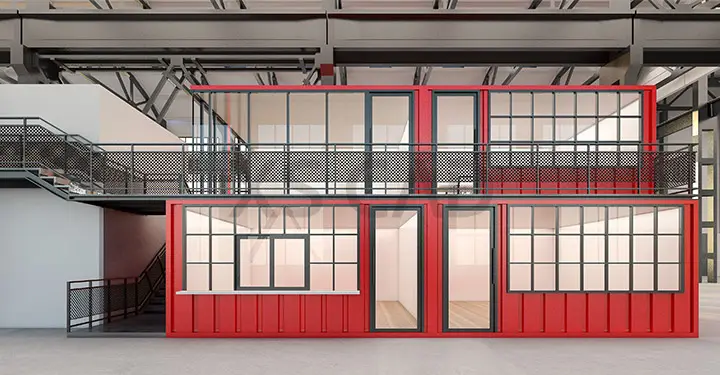Our Articles

Exploring ‘Macro’, ‘Median’ & ‘Micro’ Prefabrication
Modern concepts breed modern lingo. Hence, the growing phenomenon of prefabrication, or DfMA (Design for Manufacture and Assembly), in the construction industry is gradually leading to the introduction of new terms. The sheer variety and scope of prefabricated items today mandates a certain kind of categorisation, namely ‘macro’, ‘median’ and ‘micro’ prefabrication. Near-flawless DfMA modelling and drawings can support the development of these different types of prefabricated items for their widespread use in the building construction industry and beyond. Let’s explore.
Prefabrication, where components are assembled in a factory or other site and completed assemblies are transported to the construction site, has a few derivative explanations. We also call it prefabrication when items of various sizes and complexities, such as machine sections or movable structures, are manufactured at a fixed site and are then supplied assembled and ready to fit or install.
Why else do we like prefabrication? The advantages of prefabrication can be summed up as follows:
Macro
When we say macro, median or micro, it refers to the complexity and completeness of the fabrication rather than solely the size. For example, macro fabrication tends to involve concrete walls, complete modular buildings, complete plant rooms, etc.
Apartment blocks and housing developments with repeated units can be constructed using prefabrication and fall under the macro category. Office blocks, warehouses and factory buildings with repeated elements and units can also benefit from prefabrication in the macro category. Facades of large buildings are increasingly being supplied with prefabricated steel and glass sections, further examples of macro prefabrication.
Other macro units with prefabricated elements include detached houses, cottages, log cabins, saunas, concrete pylons, etc.
Median
Prefabrication that can be considered ‘median’ includes machine components and sub-assemblies, but the line blurs with macro when it comes to single walls. While prefabricating modular walls, complex thermal insulation and window frame components can be created on an assembly line, improving quality.
Median prefabrication would also include bathroom pods, risers, ceiling modules and single walls for a project. Why use bathroom pods?
Advantages of Bathroom Pods
What are some of the benefits of prefabricated single walls or ceiling modules?
Prefabricated parts of a machine are sometimes referred to as ‘sub-assemblies’ to differentiate them from other machine components. Prefabricated concrete and prefabricated steel sections, examples of median prefabrication, are widely used, as these parts are repeated several times.
Moulding concrete components on site and delivering wet concrete to the site before it sets can be messy, difficult, cumbersome and needs really good timing. Prefabricated steel sections reduce the time, costs and hazards associated with on-site cutting and welding.
Bridge elements and systems, part of median prefabricated elements, can be created to reduce construction time, improve safety and improve environmental impact, ease of construction and reduce costs.
Traffic congestion and parking difficulties near smaller sites can be avoided if prefabricated median elements are used.
Mobile phone towers can use a series of prefabricated sections, and lattice towers and guyed masts may also have prefabricated median elements.
Micro
Micro prefabrication can refer to MEP modules, modular risers, racks, valves, ducts, other simple individual components, etc.
Modular risers offer several advantages, namely:
Although the boundaries between macro, median and micro prefabrication may seem fuzzy at times, different categories require different levels of complexity in design. Reliable modular construction services provided by experienced partners, including precise DfMA modelling and drawings as well as modular construction drawings, can help project managers and contractors manage large-scale projects with confidence.
XS CAD has valuable experience providing modular construction services for global partners. Our range of services for structural, architectural and building engineering firms, such as consultants and contractors across the world, include DfMA modelling and drawings and modular construction drawings. We have proven to be a preferred modular construction services partner, due to the high quality of our 3D models and drawings, created by using Revit, AutoCAD, Inventor and BIM 360 Design for cloud collaboration.

